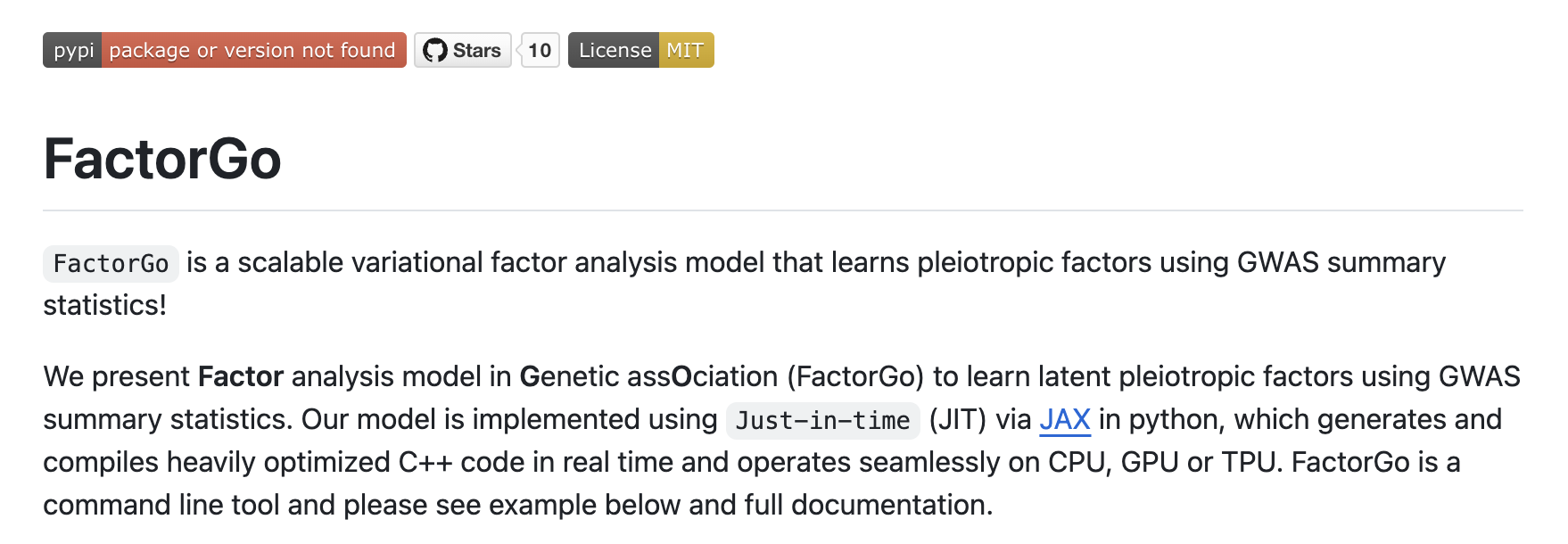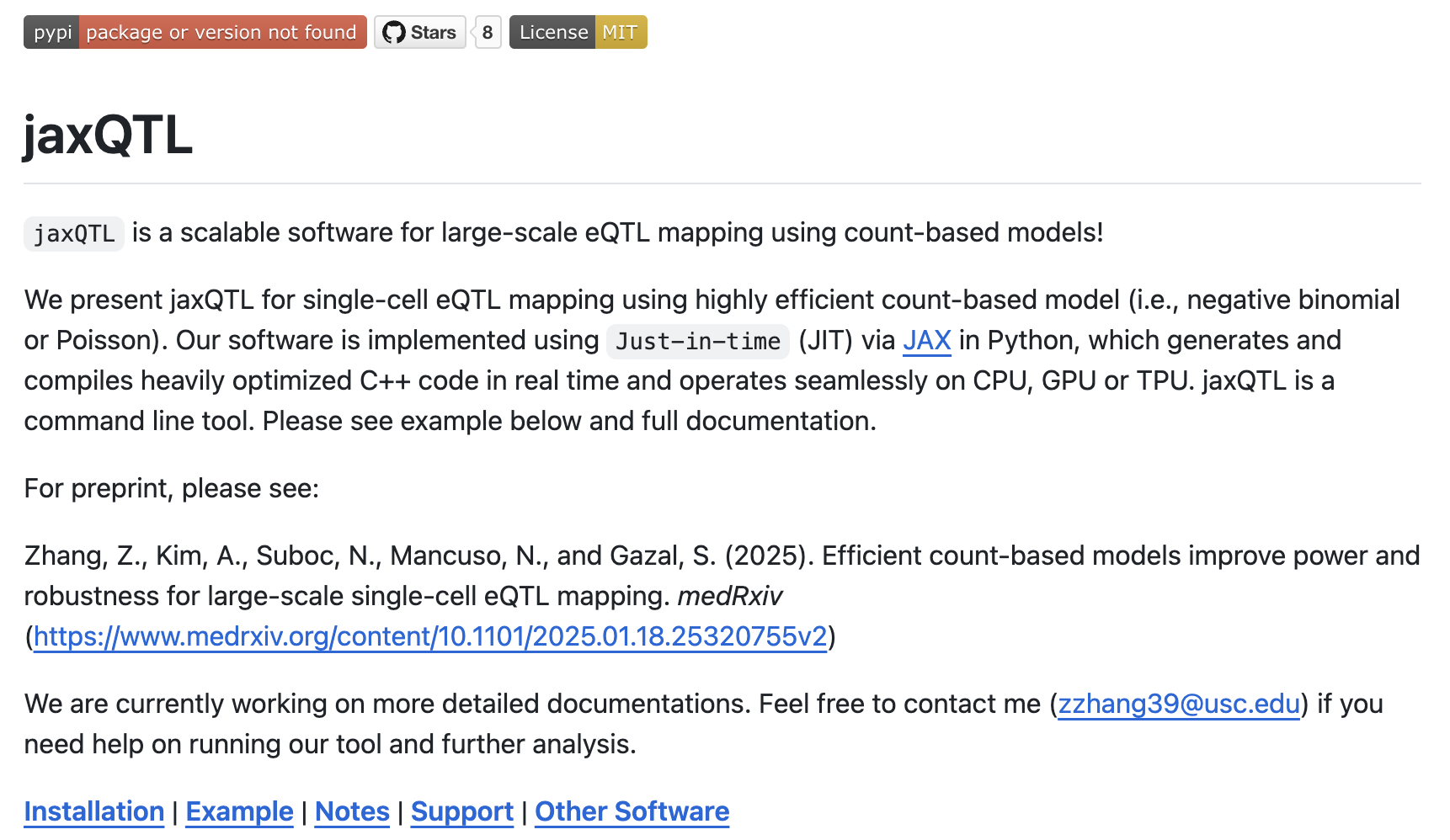Sitemap
A list of all the posts and pages found on the site. For you robots out there is an XML version available for digesting as well.
Pages
Posts
Future Blog Post
Published:
This post will show up by default. To disable scheduling of future posts, edit config.yml and set future: false.
Blog Post number 4
Published:
This is a sample blog post. Lorem ipsum I can’t remember the rest of lorem ipsum and don’t have an internet connection right now. Testing testing testing this blog post. Blog posts are cool.
Blog Post number 3
Published:
This is a sample blog post. Lorem ipsum I can’t remember the rest of lorem ipsum and don’t have an internet connection right now. Testing testing testing this blog post. Blog posts are cool.
Blog Post number 2
Published:
This is a sample blog post. Lorem ipsum I can’t remember the rest of lorem ipsum and don’t have an internet connection right now. Testing testing testing this blog post. Blog posts are cool.
Blog Post number 1
Published:
This is a sample blog post. Lorem ipsum I can’t remember the rest of lorem ipsum and don’t have an internet connection right now. Testing testing testing this blog post. Blog posts are cool.
portfolio
FactorGo
github link: https://github.com/mancusolab/FactorGo 
jaxQTL
github link: https://github.com/mancusolab/jaxqtl 
Other softwares from Mancuso Lab
github link: https://github.com/mancusolab 
publications
A scalable approach to characterize pleiotropy across thousands of human diseases and complex traits using GWAS summary statistics
Published in American Journal of Human Genetics, 2023
We proposed a scalable factor analysis model to identify and characterize pleiotropic components using biobank GWAS summary data.
Recommended citation: Zhang, Z., Jung, J., Kim, A., Suboc, N., Gazal, S., and Mancuso, N. (2023). A scalable approach to characterize pleiotropy across thousands of human diseases and complex traits using GWAS summary statistics. Am. J. Hum. Genet. 110, 1863–1874.
Download Paper
Inferring causal cell types of human diseases and risk variants from candidate regulatory elements
Published in medRxiv (preprint), 2024
We proposed methods to leverage cell-type-specific CREs to fine-map causal cell types for a trait and for its candidate causal variants.
Recommended citation: Kim, A., Zhang, Z., Legros, C., Lu, Z., de Smith, A., Moore, J.E., Mancuso, N., and Gazal, S. (2024). Inferring causal cell types of human diseases and risk variants from candidate regulatory elements. medRxiv.
Download Paper
Genes with differential expression across ancestries are enriched in ancestry-specific disease effects likely due to gene-by-environment interactions
Published in American Journal of Human Genetics, 2024
We characterized genes differentially expressed across ancestries (ancDE genes) at the cell-type level by leveraging single-cell RNA-sequencing data from multiple ancestries.
Recommended citation: Wang, J., Zhang, Z., Lu, Z., Mancuso, N., and Gazal, S. (2024). Genes with differential expression across ancestries are enriched in ancestry-specific disease effects likely due to gene-by-environment interactions. Am. J. Hum. Genet.
Download Paper
Efficient count-based models improve power and robustness for large-scale single-cell eQTL mapping
Published in medRxiv, 2025
We proposed an efficient eQTL software for large-scale single-cell eQTL mapping using count-based models
Recommended citation: 1. Zhang, Z. E., Kim, A., Suboc, N., Mancuso, N. & Gazal, S. (2025). Efficient count-based models improve power and robustness for large-scale single-cell eQTL mapping. medRxiv.
Download Paper
talks
A variational Bayesian approach to characterize pleiotropic components across thousands of human diseases and complex traits using GWAS summary statistics
- Talk
- Platform Talk in statistical genetics, ASHG 2022
- Invited talk in Dr. Xiang Zhou’s group at University of Michigan, 2024
- Poster
- Computational Genomics Summer Institute 2023
- Probabilistic Modeling in Genomics conference 2023
- ASHG 2021
Scalable count-based models improve power and robustness to detect eQTLs in large-scale single-cell data
- Poster
- ASHG 2023
- Program in Quantitative Genomics conference 2023
teaching
Teaching Assistant
Graduate course, Mailman School of Public Health, Columbia University, 2019
- Biostatistics Method I (Fall 2019)
- Data Science I (Fall 2019)
Instructor for R bootcamp workshop
Workshop, Department of Population and Public Health Sciences, Keck School of Medicine, USC, 2022
Parallel computing in R, basic Linux commands and batch jobs on HPC.
Teaching Assistant
Graduate course, Department of Population and Public Health Sciences, Keck School of Medicine, USC, 2024
- Machine Learning for the Health Sciences (Spring 2024)
